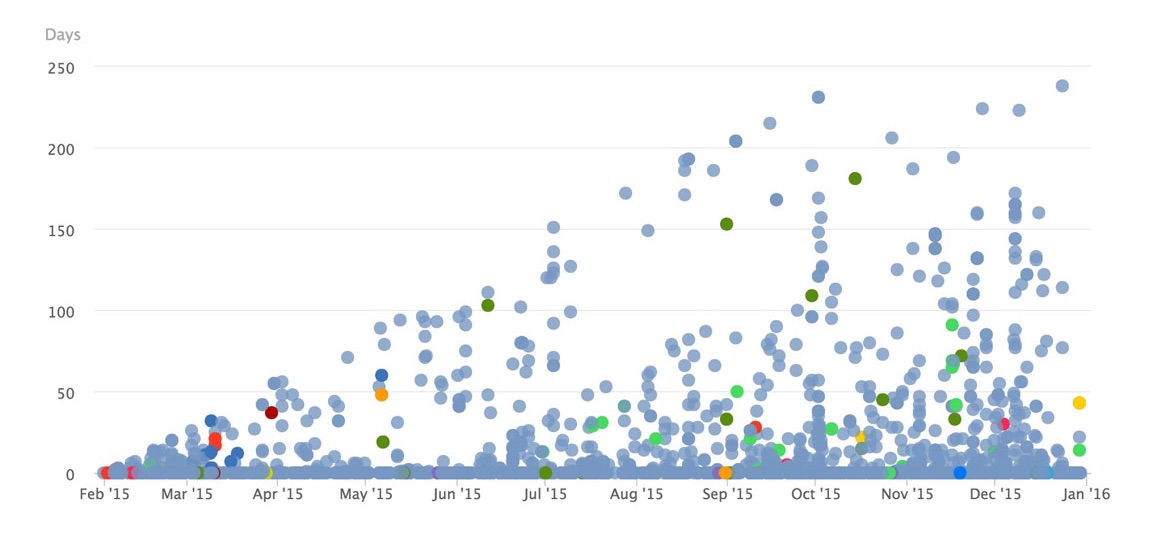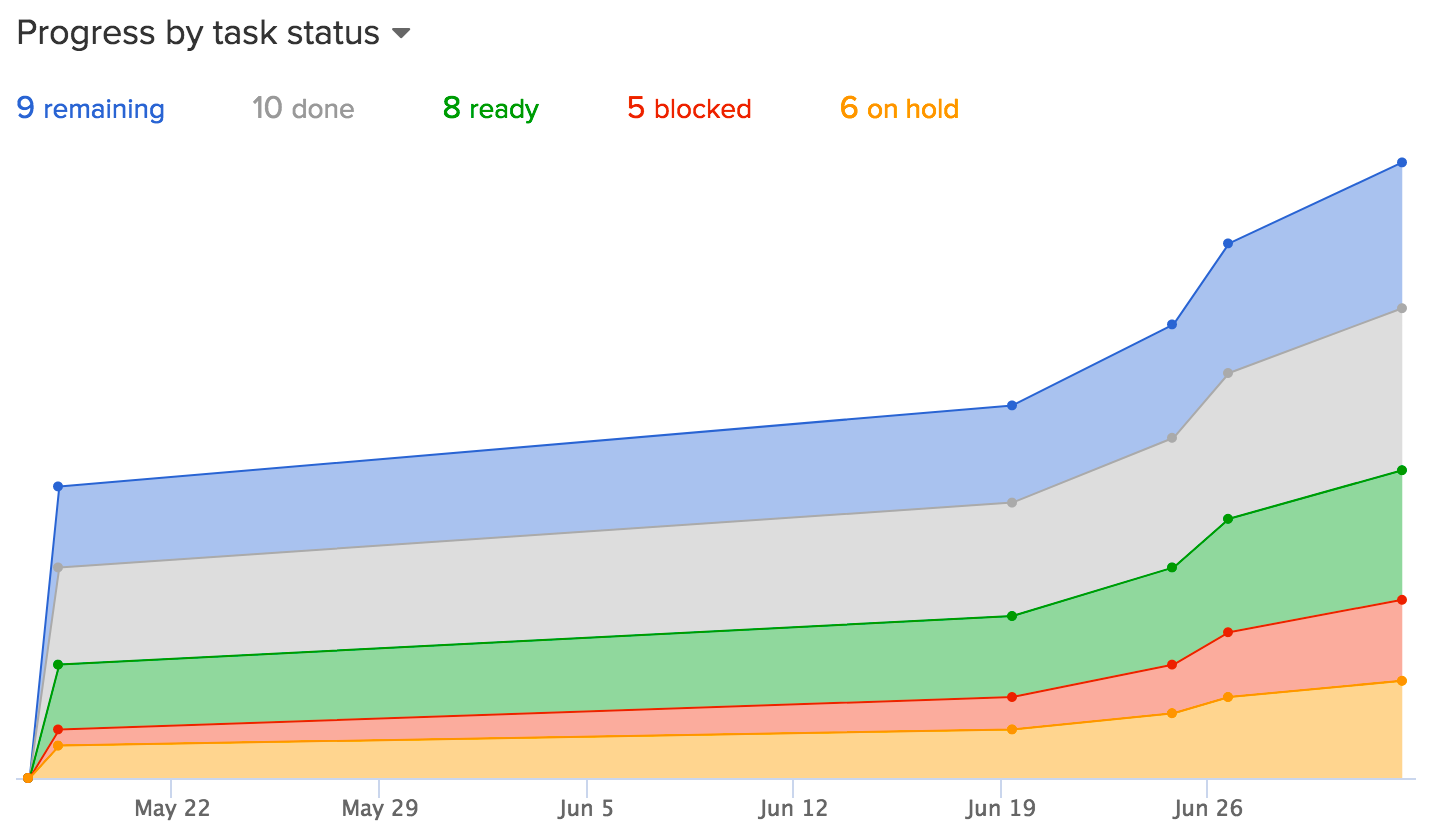Kanban Vs. Scrum: Which Agile variant is best in Breeze?

Process and practice from Japan
As a nation, Japan is an industrial powerhouse and it has been at the forefront of technological innovation. With this in mind, it’s really rather unsurprising that two of the most popular approaches to project management have been conceived by Japanese engineers and thinkers.
Kanban was originated by Toyota engineer Taiichi Ohno and implemented in 1953. In the engineering setting of the factory floor, Kanban takes a piece of material and through a series of successive steps, it is turned into a finished article. In a field like automotive production as practiced by Toyota it is very much an extension of the idea behind Henry Ford’s step-by-step production line process which revolutionized the motor industry by delivering affordable motoring to the masses.
Scrum arrived in 1986, falling out of work by the academics Hirotaka Takeuchi and Ikujiro Nonaka and unveiled as part of their article, The New New Product Development Game, in which they emphasized the need for speed and flexibility when developing new products.
Scrum takes Traditional Project Management (TPM) and Agile project management and combines them to bring both structure and flexibility to managing projects.
Scrum sprints
Scrum makes important distinctions that move it away from TPM to reflect the fast moving and changing world around us today. It recognizes that people change their minds about what they want or need (‘requirements volatility’) and that there are going to be unpredictable challenges for which you cannot plan (except to say you need to plan for the unknowable!)
Essentially, with Scrum, you simply accept the project can’t be fully understood or defined at the beginning. You just concentrate on delivering as quickly as possible while maintaining the ability to adapt what you do to meet changes in requirements and the environment.
Also, the idea of the ‘sprint’ is pivotal to Scrum. Breaking a project up into two to three-week blocks of time to fast track each project phase allows a focus on achieving short term goals. It is this focus on time that makes Scrum a bit more like TPM and creates a form of Agile that is more structured.
It is often said that Scrum provides the most structured framework of any of the Agile project management methods. So, in this regard, it is closer to the conventional waterfall analogy of TPM.
Is Kanban or Scrum best in Breeze?
With a project management tool like Breeze which is based on simple boards, many people want to know what works best.
One of the key things about Breeze is that it doesn't set any limitations and isn't confined to one practice. It is supremely flexible and can adapt to the way you prefer to work.
However, having said that, we do recommend a Kanban style approach. It's easier for you to get started and works much better in real life.
This is because we have found that the ‘sprint’ system in Scrum doesn't lend itself very well to working the way we need to get things done today. We always had problems with planning the work in upcoming sprints and changing tasks in the running sprint.
In the real world with a global perspective, things are going on 24/7. Events impact our projects and they are continually evolving. Our projects take place in a constantly changing environment and it's really difficult to forward plan work, even when its broken out into relatively short blocks of time like 2 or 3 weeks sprints.
Breeze is built on real world experience on running hundreds of projects over the years. Using the Kanban style pull system lets us adapt and always work on the most important tasks. There are a couple of Kanban oriented features in Breeze that work really well.
See how to improve with Task completion
As part of Task completion analytics, we report lead and cycle times. This gives a really good graphical representation of how long tasks take to complete.
The report options let you filter by project, users, task lists, tags and status. You can bookmark and share the analytics with everybody on your team. This means the ability to see how you can make improvements can be more easily addressed as part of your collaborative workflow. With Breeze on your team, you could say the opportunity to identify what needs to change is woven in to the structure of how you work.

Forecasting with cumulative flow diagrams
With cumulative flow diagrams you are tracking how well your projects are proceeding towards completion. Visualizing your effort and overall progress is really useful for forecasting. We give you a daily snapshot so that you can see what’s going on.

These are really simple, but they tell you a lot about your project progress. On the vertical axis you have the number of tasks and on the horizontal you have the timeline.
Get going with Kanban and Breeze today
You can start practicing Kanban style project management right away by getting started with Breeze today. We let try it for free for 14 days and we don’t need us your credit card details. Use it on all computers or mobile devices with up to date browsers. To make sure you get on with seeing the benefits during your trial, we’ve got really good tutorial help to make sure you don’t waste a minute.
If you need any help or have any questions at all, you just contact us anytime on twitter or e-mail to get personalized help from one of our team.








